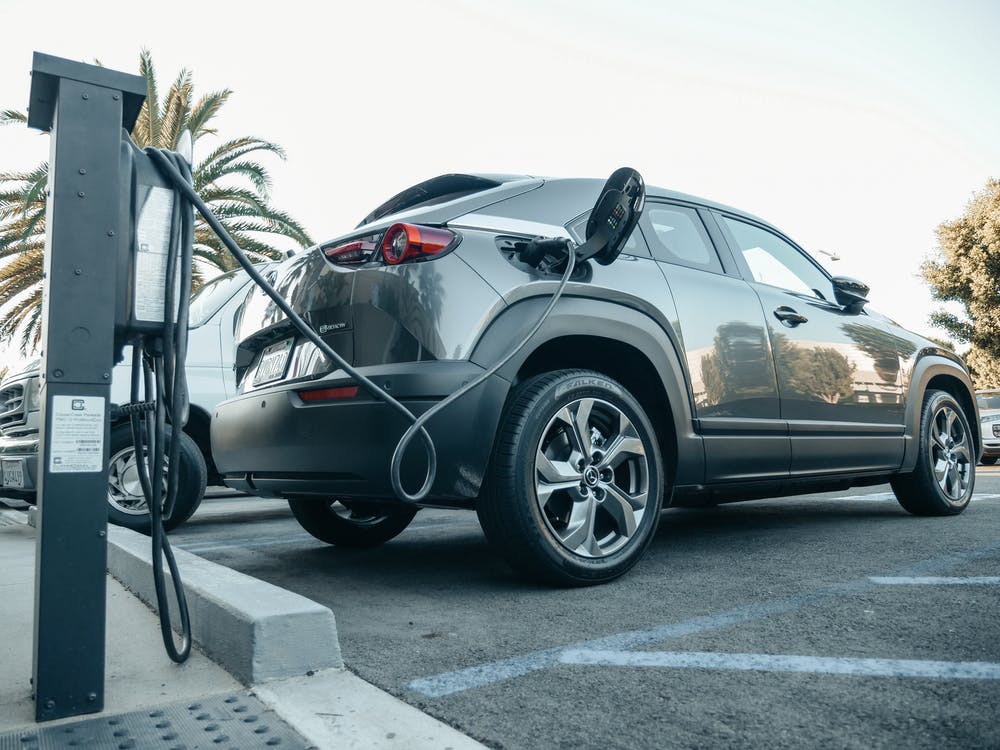Do you know where your nearest electric vehicle charging station is? If you are like 20% of America’s population who live in a rural area, the answer is probably no. That’s because there are far fewer charging stations in rural areas than in cities. And that’s a problem because it means that people living in rural areas are at a disadvantage when it comes to owning an electric vehicle. They can’t charge their cars as easily as people in cities, which means they’re less likely to buy them.
This is a big issue because rural residents are stuck with gas-guzzling cars and trucks, which contributes to climate change and air pollution.
What’s the Problem?
While the electric vehicle industry has enjoyed unprecedented growth in densely populated areas such as cities and suburbs, rural areas in the United States have been slow to embrace the transition from internal combustion engines to electric motors. Considering this equates to almost 57 million people, America will find it difficult to lower its carbon footprint on the world stage.
The main barrier to adopting electric vehicles is the lack of EV charging stations in rural areas. While there seems to be a Tesla fast charger in the cities at every convenience store or plaza, you would be hard-pressed to find even one at a rural shopping center. When you compare this to the multitude of gas stations you encounter while driving through the countryside, it’s easy to see why rural Americans are reluctant to give up their gas-powered vehicles. Although this is somewhat eased by Milwaukee EV charger installation for homes and in other states that have EV charger installers.
Another issue facing rural consumers is that many states do not allow manufacturers to sell directly to consumers. Seventeen states have a complete ban on direct sales, while many others only allow it with limitations, such as only allowing Tesla to sell directly to consumers. These regulations severely limit the ability of smaller EV manufacturers to market their products.
Rural Drivers Would Benefit the Most From Electric Vehicles
Considering that most residents in rural areas need to commute further than their urban counterparts for work, shopping, etc., they are currently the population emitting more carbon into the air and using more gasoline. Furthermore, they don’t have the benefit of public transportation available in cities.
In terms of vehicle maintenance and the high fuel prices, it stands to reason that rural drivers would benefit the most from EVs.
The Government’s Goal
The federal government has set a goal that half of all new car sales will have zero emissions by 2030. To support that mission, the Infrastructure Investment and Jobs Act has budgeted $7.5 billion for the installation of electric vehicle charging stations and other EV-related enterprises. And one of the top priorities of this spending bill is increasing the number of charging stations in the nation from 100,000 to 500,000, focusing on rural areas.
70% of America’s roads run through rural areas. Adding more public EV charging stations to highway rest areas, service centers, and convenience stores throughout the country would help alleviate anxiety for people concerned about vehicle range. If the United States wants to increase consumer sales of electric vehicles, they need to make finding a charging station just as easy as finding a gas station.
The U.S. Department of Transportation has put together a toolkit for the planning and funding of rural electric mobility infrastructure. It reviews the basics of electric vehicles, considerations and methods for planning an EV infrastructure, and how to find funding and financing for installing EV charging stations. The toolkit is a great resource for local governments looking to bring more electric vehicles to their area.
Key Takeaways
The lack of electric vehicles in rural areas is a problem for America. We need to continue working to increase access to charging infrastructure and education on the benefits of electric vehicles so that everyone has the opportunity to make the switch. We also need to focus on pushing our federal, state, and local governments to work together to create policies and incentives that will make it easier for people living in rural areas to purchase electric vehicles. This will help reduce our reliance on fossil fuels, improve air quality, and create jobs in the renewable energy sector.
By making it easier for people living in rural areas to own electric vehicles, the United States can collectively lower its carbon emissions and help prevent climate change.



